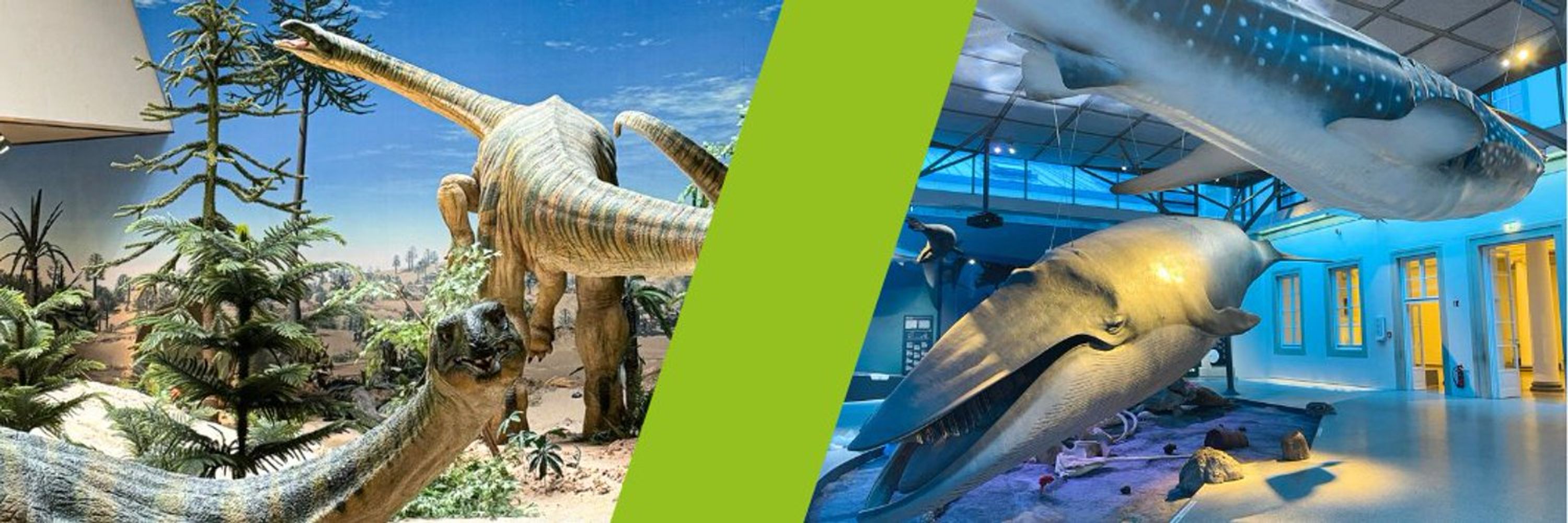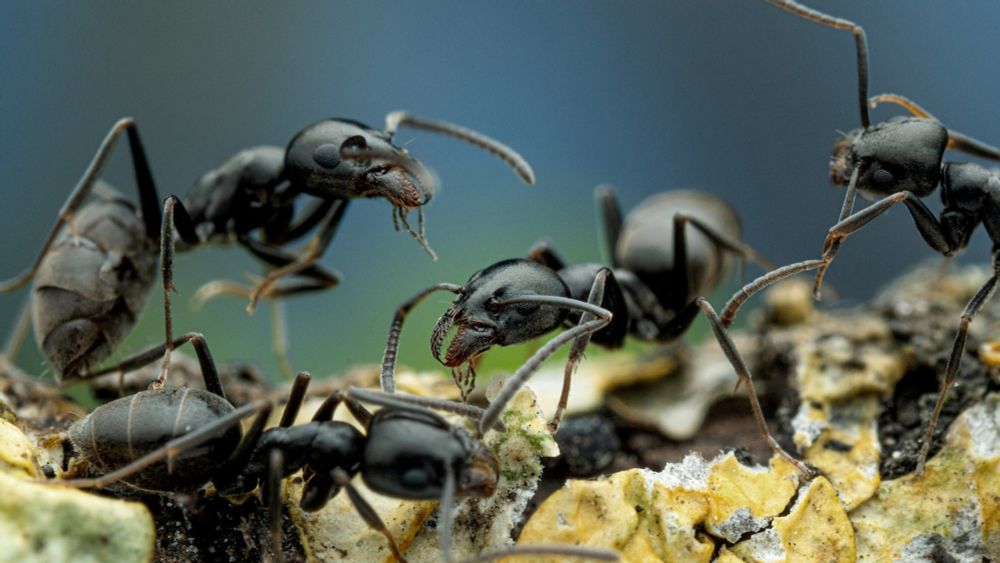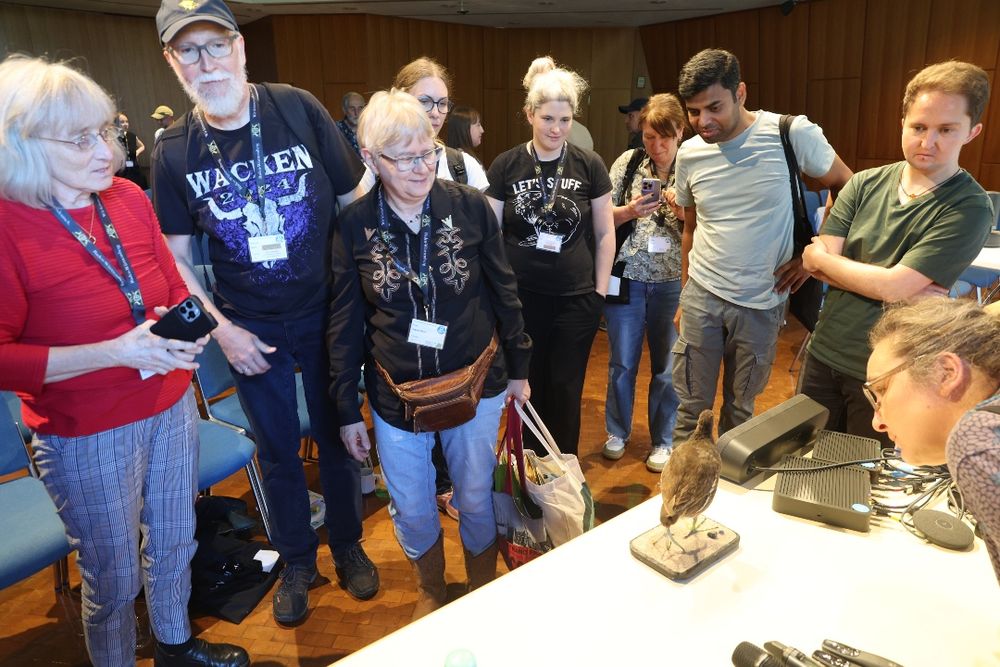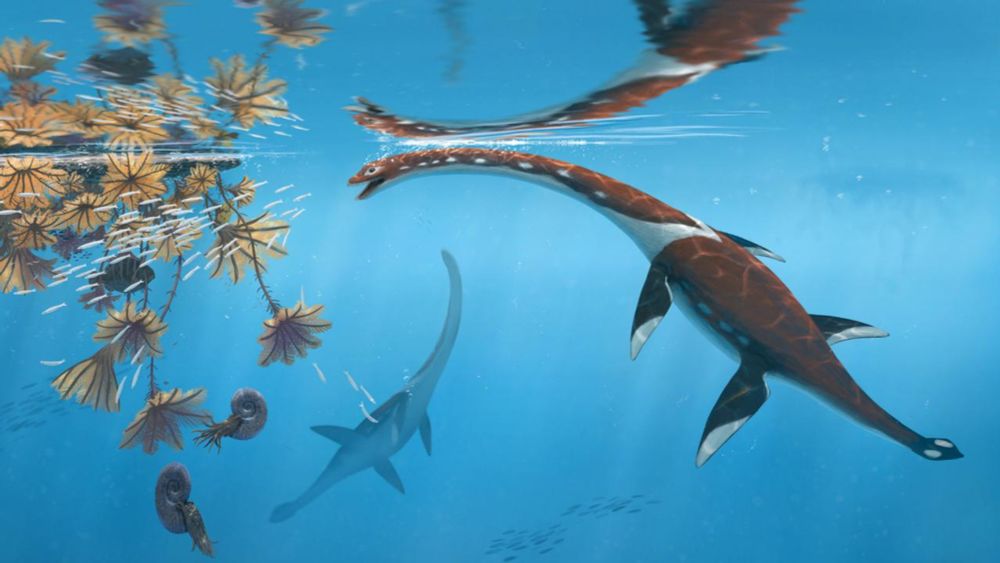Naturkundemuseum Stuttgart
@smnstuttgart.bsky.social
1.9K followers
780 following
120 posts
Natural History Museum | Science | Naturkunde | Museum | Wissenschaft & Forschung
Focus: Paleontology | Botany | Entomology | Zoology | Biodiversity | Paläontologie | Botanik | Entomologie | Zoologie | Biodiversität
#ImAuftragderVielfalt
Posts
Media
Videos
Starter Packs
Reposted by Naturkundemuseum Stuttgart
Reposted by Naturkundemuseum Stuttgart
Reposted by Naturkundemuseum Stuttgart
Reposted by Naturkundemuseum Stuttgart
Reposted by Naturkundemuseum Stuttgart

























